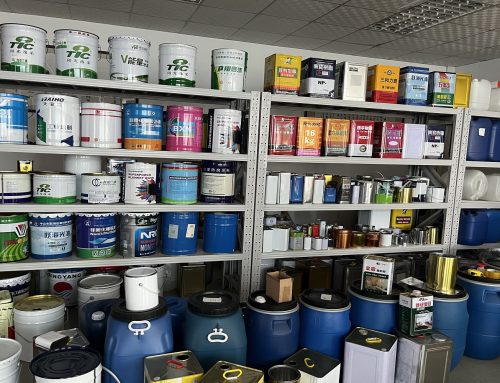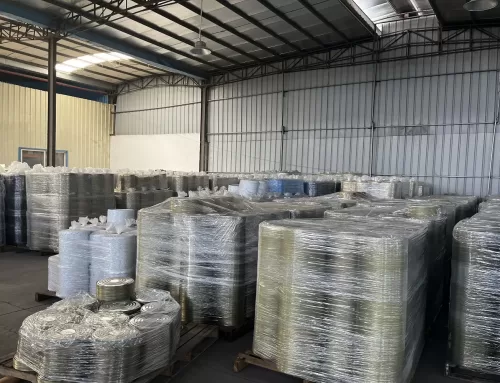The annual consumption of metal cans (including steel and aluminum) for beverages, food, aerosols, and general cans is over 400 billion worldwide, with the largest consumption being for carbonated drinks and beer at 220 billion. Processed beverage cans account for 100 billion, processed food cans are approximately 75 billion, aerosol cans are 10 billion, and general cans are around 5 billion. The United States, Europe, and Japan account for over 50% of global metal can usage. The ratio of steel to aluminum in beverage cans varies greatly by region, with a ratio of 55:45 for steel to aluminum cans in the 15 EU countries, including a decrease in steel can usage in Eastern Europe. The US uses 100% aluminum cans, while Japan uses both materials equally. Regional differences are mainly related to energy policies, steel and aluminum production levels, and competitiveness. Food cans are mainly made of steel (two-piece and three-piece cans).
The US is the world’s largest producer of metal cans. As mentioned earlier, aluminum cans are used for beer and soft drinks in metal can packaging. Food cans are mainly made of steel, which is different from China’s focus on three-piece cans. In 2000, the total consumption of North American food cans was 32.5 billion, including 9 billion for two-piece DI cans, accounting for 28%, 8.5 billion for two-piece DRD cans, accounting for 26%, and 15 billion for three-piece cans, accounting for 46%. Two-piece cans are advantageous for cost reduction due to their lighter weight and higher production efficiency. In addition, due to the rapid development of PET, the proportion of metal cans for soft drinks is decreasing, and plastic bottles are being used for beer packaging.




